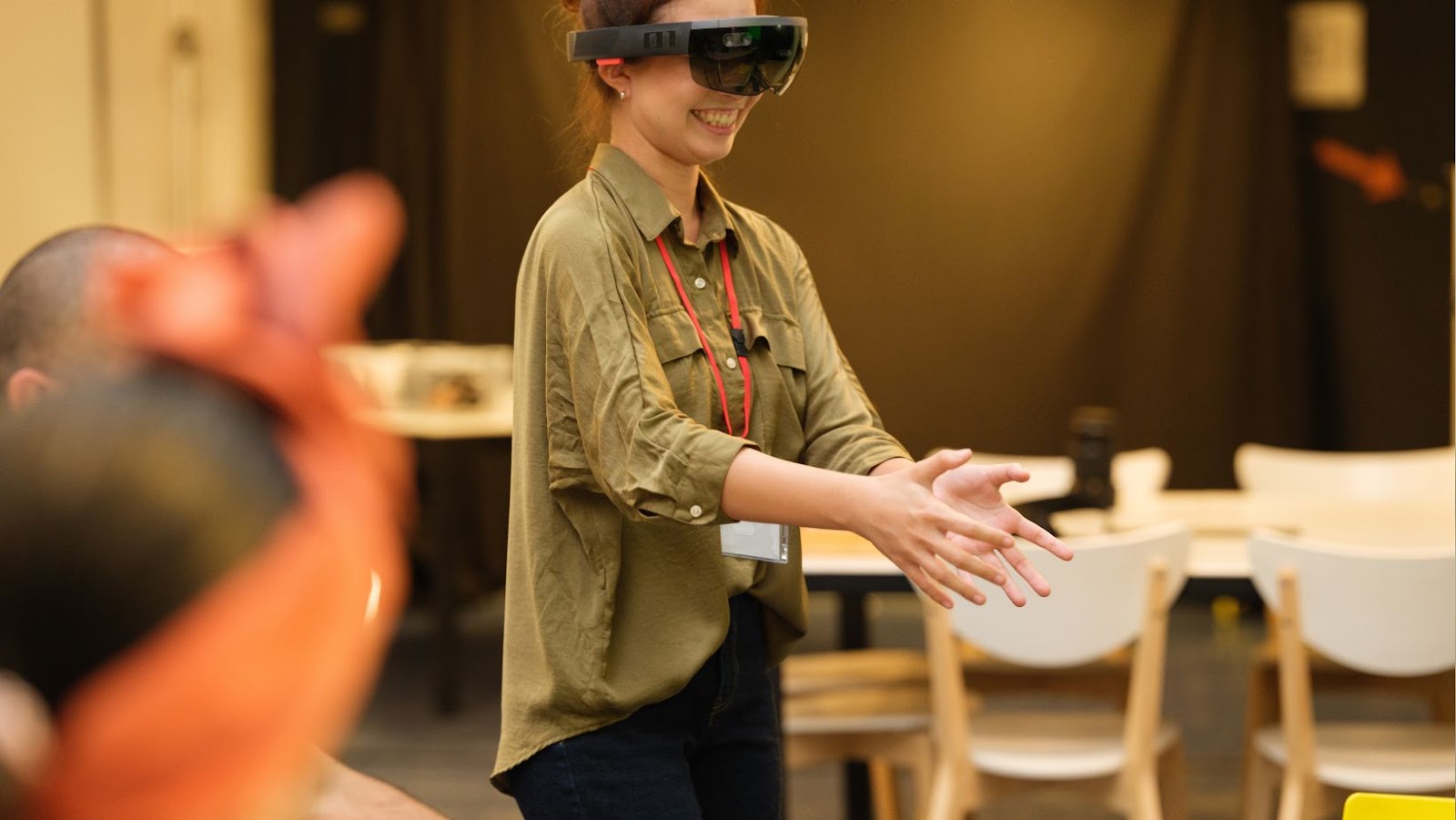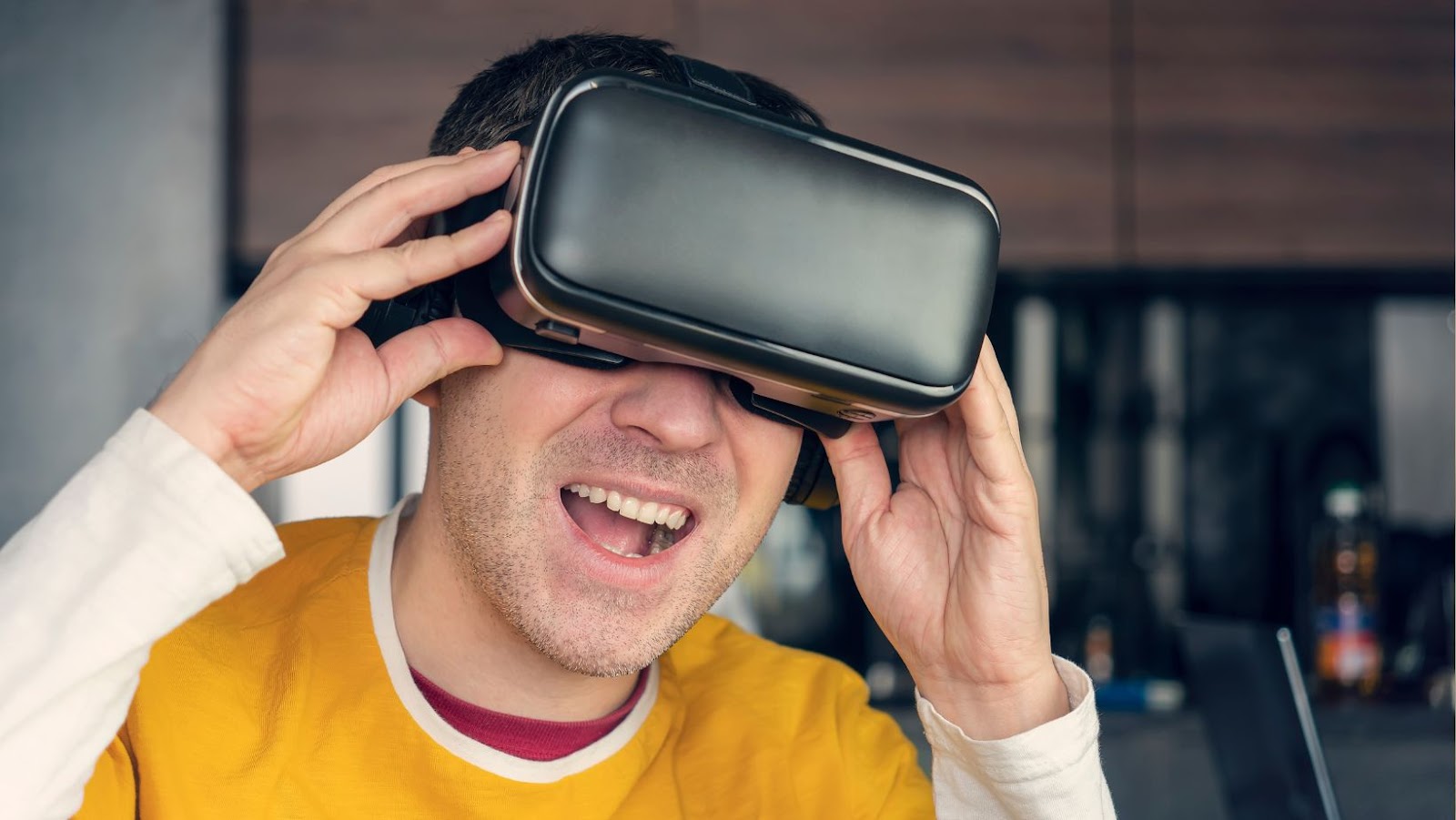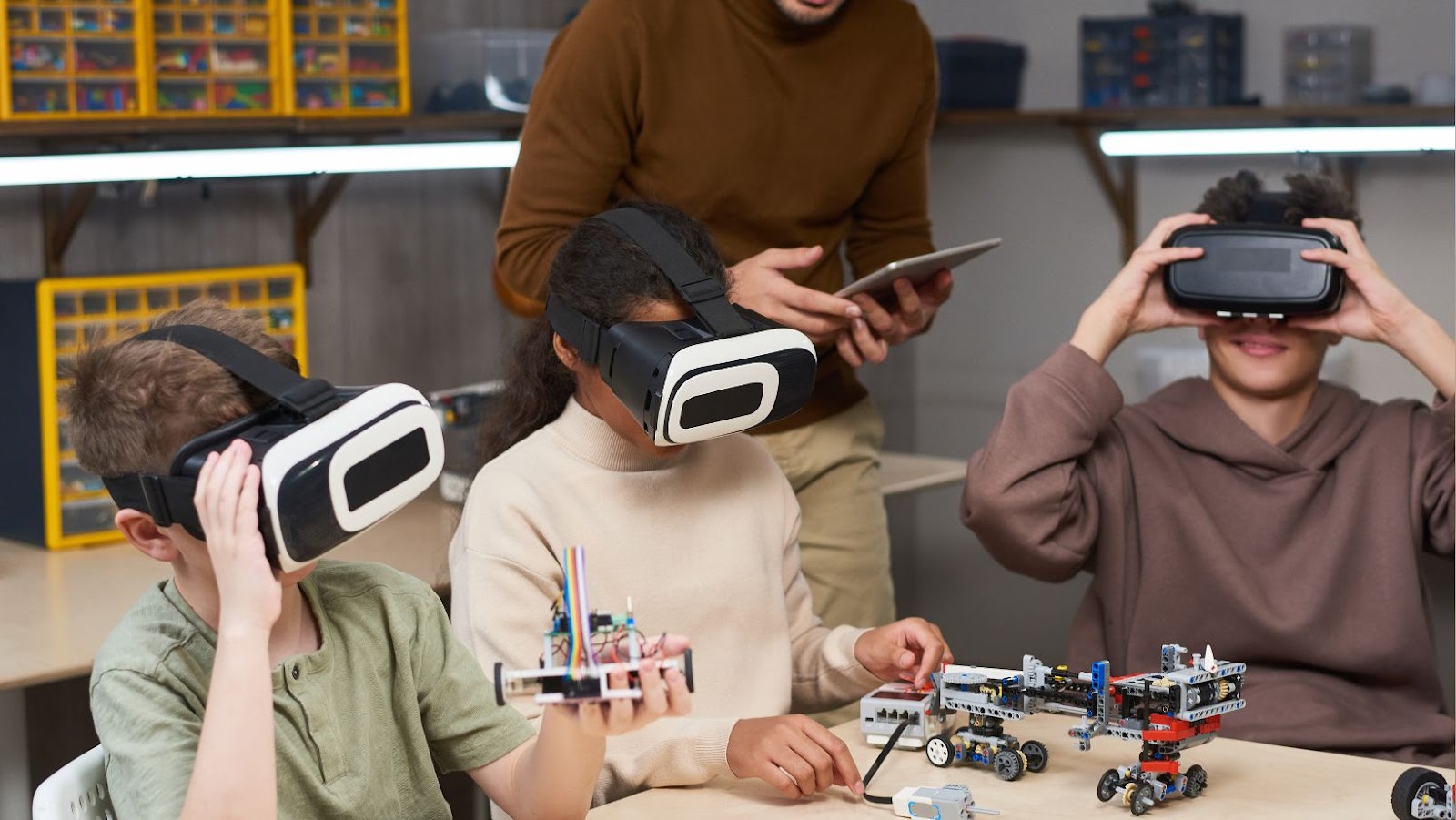 VR Immersion Accessories
VR Immersion Accessories
Virtual Reality (VR) represents a digital environment that mimics real-world settings or creates truly unique, fantastical spaces. This digital realm is brought to life via a combination of complex hardware and software, which together, fabricate a fully interactive, immersive experience. Examples include VR headsets like the Oculus Rift, PlayStation VR, and the HTC Vive. Many of these devices display stereoscopic 3D perspectives, adjusting with the user’s head movements, creating an effective illusion of depth which adds to the immersive aspect of VR.
VR immersion plays a paramount role in the effectiveness and appeal of VR technologies. It’s the primary force behind the feeling of ‘presence’ – the sensation of existing within the virtual environment. Through sensory cues like sight, sound, and even touch, VR immersion suspends disbelief and transports users into virtually-crafted dimensions. VR immersion accessories, ranging from gloves offering tactile feedback, to omnidirectional treadmills facilitating unrestrained virtual locomotion, enrich the interactive experiences in these digital worlds, amplifying the overall immersion. By enhancing virtually every aspect of user interface, VR immersion accessories are undeniably pivotal in shaping the future of VR application, be it in gaming, education, neuroscience, or rehabilitation therapy.
 The Role of VR Immersion Accessories
The Role of VR Immersion Accessories
Virtual reality (VR) immersion accessories play a vital role in bridging the gap between digital and physical interaction, turning mere virtual explorations into lifelike experiences. These intricate tools, by expanding upon sensory engagement avenues, prominently elevate the interactivity of VR environments.
VR immersion accessories boost the VR experience, fostering a more engaging and realistic digital interaction. Tactile gloves, for instance, yield refined hand and finger movement simulation, granting users the ability to touch and manipulate virtual objects with precision. Additionally, VR treadmill systems enable individuals to roam cyber worlds as they would the real one. Auditory devices, such as spatial sound headphones, offer an amplified experience of sound localization, homoing in on the sense of being present within the virtual boundaries. In essence, these accessories enhance the VR experience by synergistically working to amplify sensory feedback and enriching user interaction within the VR landscape.
The gaming industry recognizes the significant effect of VR immersion accessories in transforming gameplay. Haptic feedback suits, in particular, offer gamers a richer tactile experience through vibrational feedback that echoes virtual events onto the physical plane. Wheel and pedal systems, ideal for racing games, mimic real world vehicle control, dialing up the thrill factor. Tracking systems further improve gameplay by transducing real-world physical movements into virtual inputs, thereby deepening the immersion. Thus, the role of accessories in VR gaming makes the cybernetic gameplay a remarkable mimicry of reality, rendering it a rivetingly immersive endeavor.
 Popular VR Immersion Accessories in the Market
Popular VR Immersion Accessories in the Market
Immersive accessories take gaming and other VR experiences to another level. Let’s delve into the realm of outstanding products making waves in this sector.
From enhancing precision to amplifying tactility, VR gloves and suits refine virtual experiences. For example, Manus VR Gloves stand out for their premium hand-tracking capabilities, augmenting fine detail in hand and finger movements. On the flip side, suits like the Teslasuit Pro allow full-body haptic feedback, introducing realistic touch sensations to users. It’s evident, VR gloves and suits, in providing tactile aid, enrich the VR experience, elevating immersion beyond mundane levels. They heighten user-virtual interactions, aiding in transposing intricate physical details to the digital world.
Taking movement simulation a notch higher, VR treadmills allow for authentic roaming within the virtual terrain. The Virtuix Omni, for one, features a 360-degree omnidirectional treadmill, it simulates walking and running within the virtual environment. In contrast, Kat Walk mini gives users unrestricted, safe motion, it ensures a naturalistic walking and running sensation. VR treadmills, in complementing the visual treat of VR, render movement more genuine, removing barriers between reality and virtuality.
Cementing the immersive element, haptic devices drive realistic feedback that anchors users within the virtual space. While the Ultraleap’s Stratos Inspire offers precise fingertip haptic sensations, the bHaptics Tactsuit X40 targets full body haptic feedback, delivering up to 40 distinct points of tactile response. Haptic devices in VR, by reproducing real-life sensations, enhance the authenticity of user experiences, thereby anchoring users within the VR environment more effectively. It’s this focus on sensory realism that increases user engagement and betters the overall quality of any VR interaction.